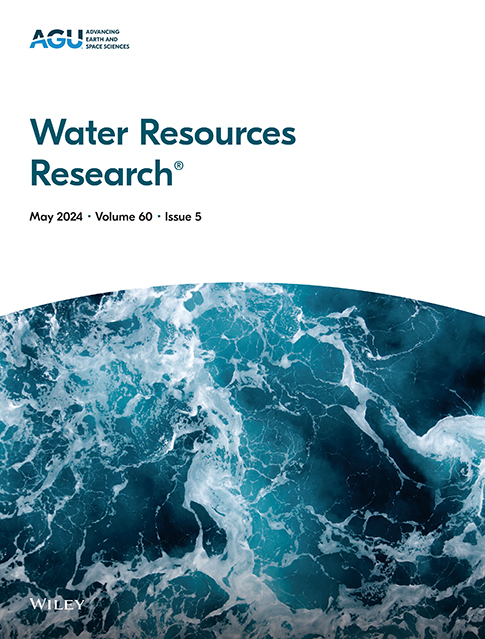Mapping Global Soil Moisture and Evapotranspiration Coupling Strength Based on a Two-System Method and Multiple Data Sources
IF 4.6
1区 地球科学
Q2 ENVIRONMENTAL SCIENCES
引用次数: 0
Abstract
Soil moisture (SM) is a key state variable in the climate system through its control on evapotranspiration (ET) and ET-regulated lower atmospheric processes. The SM-ET coupling strength (SECS) is thus closely linked with land-atmosphere interactions and its reliability is crucial for Earth system modeling. However, acquiring global maps of unbiased SECS remains challenging given significant levels of error present in globally available SM and ET products. Triple collocation (TC) provides a possible solution; however, it is difficult to apply globally since it requires access to three independent SM-ET data pairs—a requirement that is difficult to meet in practice. Here, we generate a global SECS map based on a new two-system approach that requires only two independent SM-ET data pairs. This two-system approach is first validated over local ground sites versus a ground-inclusive benchmark SECS. Subsequently, it is applied to generate a global map of SECS with input from various independent globally available SM-ET data pairs (identified using the benchmark SECS). Results suggest that previous TC-based SECS estimates are generally negatively biased due to cross-correlated error present between RS products. Instead, our generated new SECS map is shown to provide more robust mapping of global SECS—thus offering an important reference for improving Earth system models.求助全文
约1分钟内获得全文
求助全文
来源期刊

Water Resources Research
环境科学-湖沼学
CiteScore
8.80
自引率
13.00%
发文量
599
审稿时长
3.5 months
期刊介绍:
Water Resources Research (WRR) is an interdisciplinary journal that focuses on hydrology and water resources. It publishes original research in the natural and social sciences of water. It emphasizes the role of water in the Earth system, including physical, chemical, biological, and ecological processes in water resources research and management, including social, policy, and public health implications. It encompasses observational, experimental, theoretical, analytical, numerical, and data-driven approaches that advance the science of water and its management. Submissions are evaluated for their novelty, accuracy, significance, and broader implications of the findings.
 求助内容:
求助内容: 应助结果提醒方式:
应助结果提醒方式:


